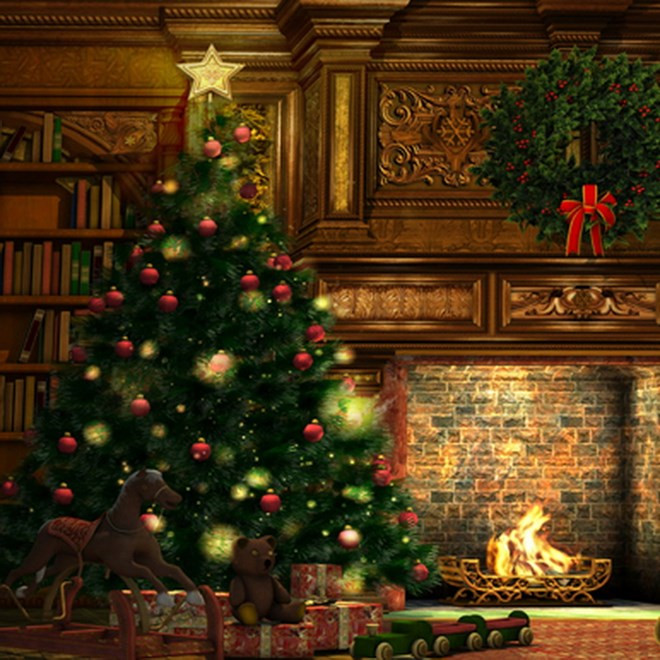The origin and meaning of Christmas tree
The current Christmas tree or Christmas tree stems from the custom of burning a log on the Eastern solstice of the ancient Celts.
Originating from a number of religions and beliefs that existed before Christianity was born, Christmas had a close relationship with the organization of the celebration of the Winter Day on December 21 or 22, according to the Ancient Origin. . This is the longest night time of the year, so the moment of "coming light" is praised and revered. After the winter solstice, daylight will be more, as a promise for the coming spring.

Christmas tree.(Photo: Wikipedia).
The traditional Western Christmas is derived from the ancient Celts and Saxon cultures . They held "Yula" or "wheel of the year" festival on the winter solstice. This festival involves burning a new log and burning it in 12 hours before the winter solstice. This work represents good luck and prosperous new year.
After that, people replaced burning logs by using green trees to add small candle-shaped lights, and so the Christmas tree was born. Usually the Christmas tree is an evergreen tree, for example pine tree, decorated with holly (holly) and mistletoe, two species of plants that symbolize proliferation.
Celts believe that mistletoe is a sexual stimulant. This is why people all over the world today kiss under mistletoe hanging on Christmas trees.
The use of Christmas trees was common in Germany in the 16th century, when Christians began to use them to decorate their homes and decorate them with candles. Later, this tradition spread to other areas of Europe.
In 1841, the Christmas tree began appearing at Windsor Castle, England, covered with candles, fruits and gingerbread. Since the 1850s, Christmas tree decorations have added small toys, jewelry, fairy pictures, dolls, whistles and bells.
It's Christmas Christmas 2018, you know? Let's see how to decorate the Christmas tree that we guide.
- Why does Christmas use Christmas trees but not other trees?
- Why is there a Christmas? (2)
- Why is there a tradition of decorating and lighting up Christmas trees?
- When should lighting Christmas trees?
- The most exclusive Christmas tree in Christmas 2016
- Christmas tree care process
- Be overwhelmed by the wonderful virtual Christmas decorations throughout the five continents
- Many people carefree planting Christmas trees indoors without knowing the consequences
- Christmas tree is also dangerous
- How to decorate the Christmas tree
- Christmas in the world
- 9 common practices on Christmas
 'Fine laughs' - Scary and painful torture in ancient times
'Fine laughs' - Scary and painful torture in ancient times The sequence of numbers 142857 of the Egyptian pyramids is known as the strangest number in the world - Why?
The sequence of numbers 142857 of the Egyptian pyramids is known as the strangest number in the world - Why? History of the iron
History of the iron What is alum?
What is alum?